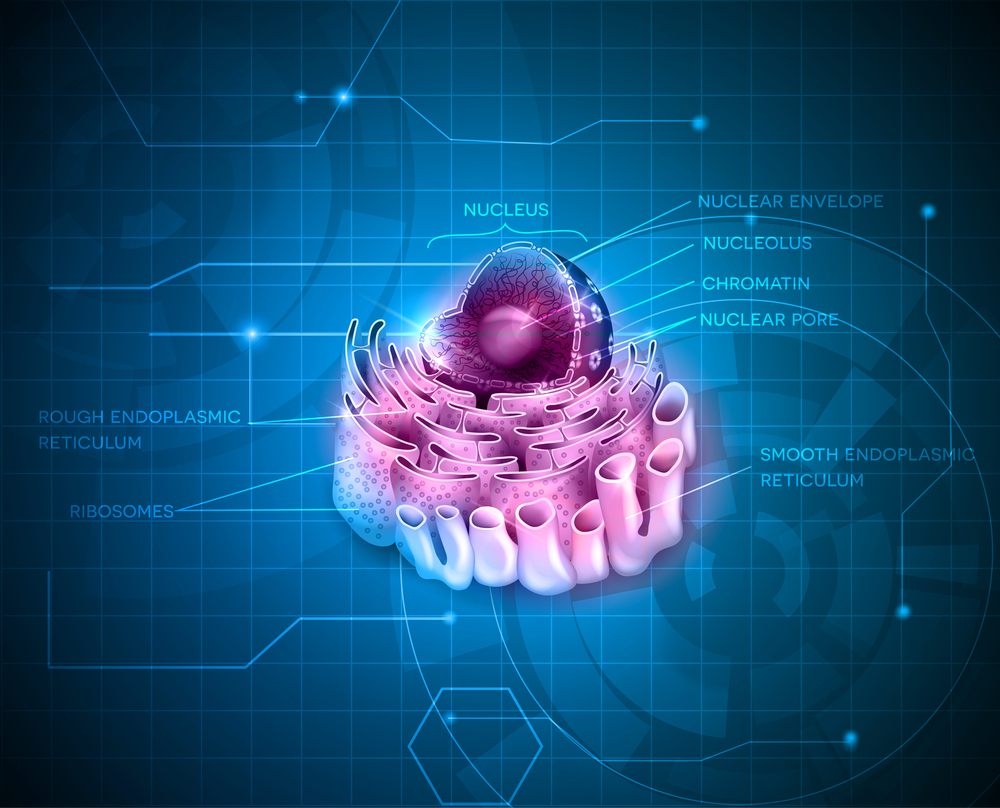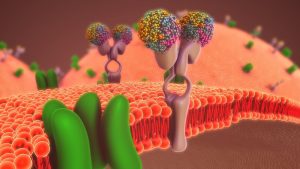Many of you will be familiar with the role of mitochondrial dysfunction in the development of chronic and neurodegenerative diseases, such as Amyotrophic Lateral Sclerosis (ALS), Parkinson’s Disease (PD) and Alzheimer’s Disease (AD), but also Autism, Diabetes, Osteoporosis and Cancer.
For those of you who aren’t, understand that the mitochondria (within all cells in the body apart from Red Blood Cells or RBC’s) is central to all chronic diseases. And I mean ALL.
TOO LITTLE MITOCHONDRIAL CALCIUM
If not enough calcium is taken up into the mitochondria, SOD1 (Super Oxide Dismutase 1) becomes mutated, and this mutated uniporter SOD1 in itself can then cause alteration of calcium uptake into the mitochondrial matrix. When calcium uptake is altered, too much calcium may then be allowed to enter the mitochondrial matrix which will then give rise to the excitotoxicity discussed below.
It becomes a viscious circle.
WHEN CALCIUM HOMEOSTASIS BECOMES DISTURBED
When there is an influx of calcium ions, or too much calcium ions entering the mitochondria, it experiences a state of excitotoxicity. Excitotoxicity would be the equivalent of putting your finger in an electric plug and being shocked over and over again. This would make your body jolt every time and make your heart race. But eventually you will become tired and your body won’t be able to take much more before it gives in.
Ultimately this excitotoxicity results in mitochondrial dysfunction and death of the mitochondria.
Once the mitochondria stops functioning properly, higher levels of ROS (Reactive Oxygen Species) are generated.
Why is this important?
Because higher levels of ROS leads to:
- Altered RNA and DNA synthesis, which then leads to…
- Mutation of mitochondrial proteins, such as SOD1, FUS, and TDP-43
- Misfolding of proteins
- Damage to lipids and thus cell membranes
- And most importantly, the Cell Danger Response (CDR)
This misfolding of proteins would then in turn alter the permeability of ionized calcium which would then worsen the situation even further.
SUPER OXIDE DISMUTASE 1 (SOD1)
SOD1 is an important enzyme that works through its antioxidant action by removing excess superoxide from the system. Superoxide is produced during breathing, but also by the immune system in response to infections caused by bacteria, viruses, parasites, etc. This is typically the reason you feel so bad when you have an infection – all the superoxide your immune system produces in an attempt to kill off infections.
This increase in superoxide production is perfectly normal and ok if it’s a short-term reaction to an acute infection, but when this situation goes on for too long as we see in chronic infections, the superoxide becomes damaging to the cells around them.
The same thing would happen during acute infections if SOD1 was not doing its job by neutralizing the superoxide produced by the immune system.
When SOD1 is mutated and more importantly expressed, excess superoxide is allowed to damage cells around them, because the normal mechanism we have to ‘mop it up’ is not functional.
HOW DO WE REGENERATE MITOCHONDRIAL FUNCTION?
There are a few things that need to happen here.
A very important factor is healing the cell membranes first.
The cell membranes are like the building blocks of the house that the mitochondria resides in. The excess production of ROS (Reactive Oxygen Species) leads to lipid peroxidation which includes the fats that make up the cell membranes of cells and the mitochondria. When these lipid membranes are damaged, it becomes harder for cells to work the way they should.
If you would like to know more about this, read our book on Cell Membranes:
We regenerate function of the mitochondria by triggering the depolarization of the mitochondrial intracellular membrane. So, where the cell membrane integrity, as discussed above, is needed to make the ‘house’ stronger, the depolarization of the mitochondrial membrane is like turning the electricity or power on to this house.
It is very much this mitochondrial membrane potential that determines how much calcium enters the mitochondria.
By adding just a small amount of ionized calcium into the cytosol of the cell, calcium signalling is switched on which then activates the action potential in the mitochondrial matrix. This results in more ATP being produced by the mitochondria which then initiates many other pathways such as the production of Mesenchymal Stem Cells (MSC’s).
We’ll talk about MSC’s in another article in future.
MAINTAINING CALCIUM HOMEOSTASIS IS VERY IMPORTANT
It is therefore very important to maintain the balance of ionized calcium both inside and outside of the mitochondria in order to have homeostasis. Maintaining this balance will disallow too much calcium to enter the mitochondria and create this type of excitotoxicity which can then give rise to more chronic disease patterns.
It’s important to note that we are not talking about calcium supplements in the form of citrate, hydroxyappetite or other, but rather ionic calcium.
Why Not All Calciums Are Created Equal
REFERENCES:
https://www.ncbi.nlm.nih.gov/pubmed/11080251
https://www.ncbi.nlm.nih.gov/pubmed/11115373
https://www.ncbi.nlm.nih.gov/pubmed/16478527
https://www.ncbi.nlm.nih.gov/pmc/articles/PMC2933290/
https://www.ncbi.nlm.nih.gov/pubmed/19174508
https://www.ncbi.nlm.nih.gov/pubmed/20493207
https://www.ncbi.nlm.nih.gov/pubmed/9928427
https://www.ncbi.nlm.nih.gov/pubmed/17051205
https://www.ncbi.nlm.nih.gov/pmc/articles/PMC3579396/






